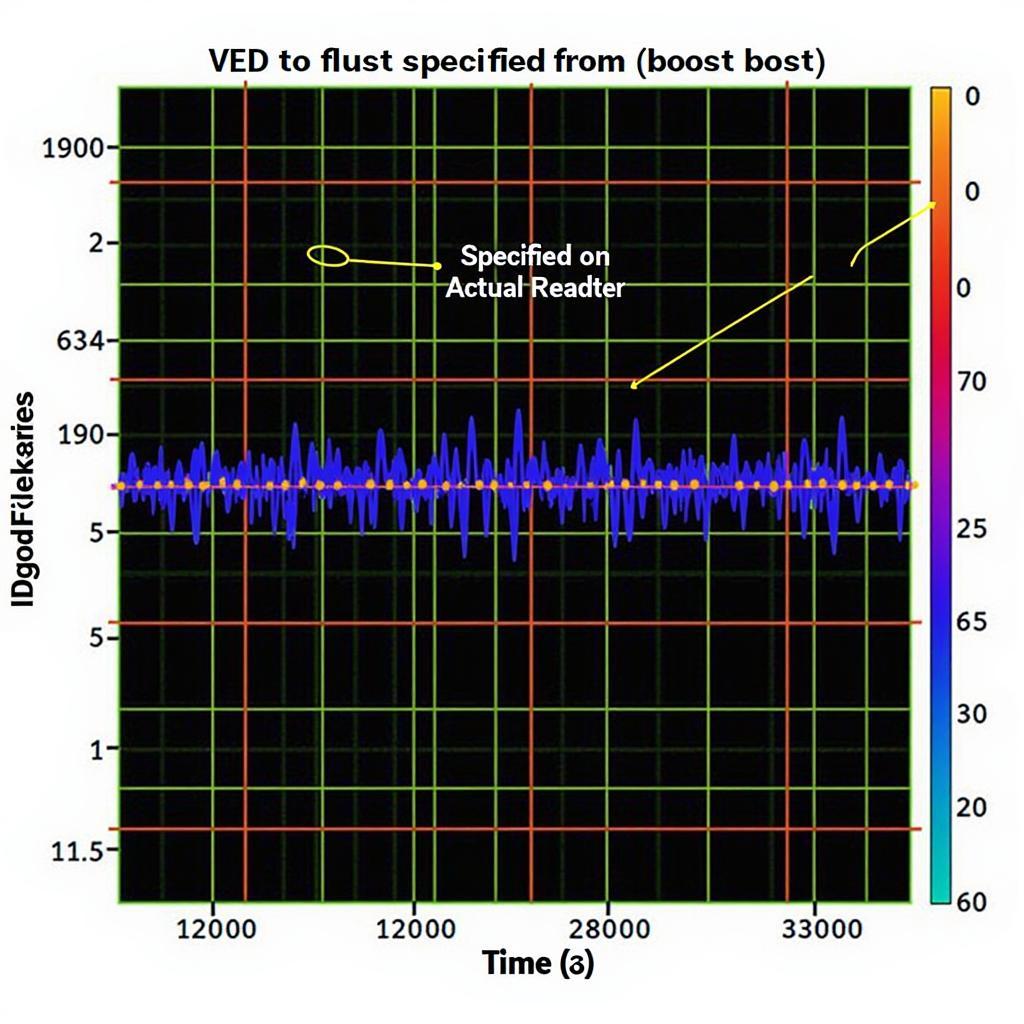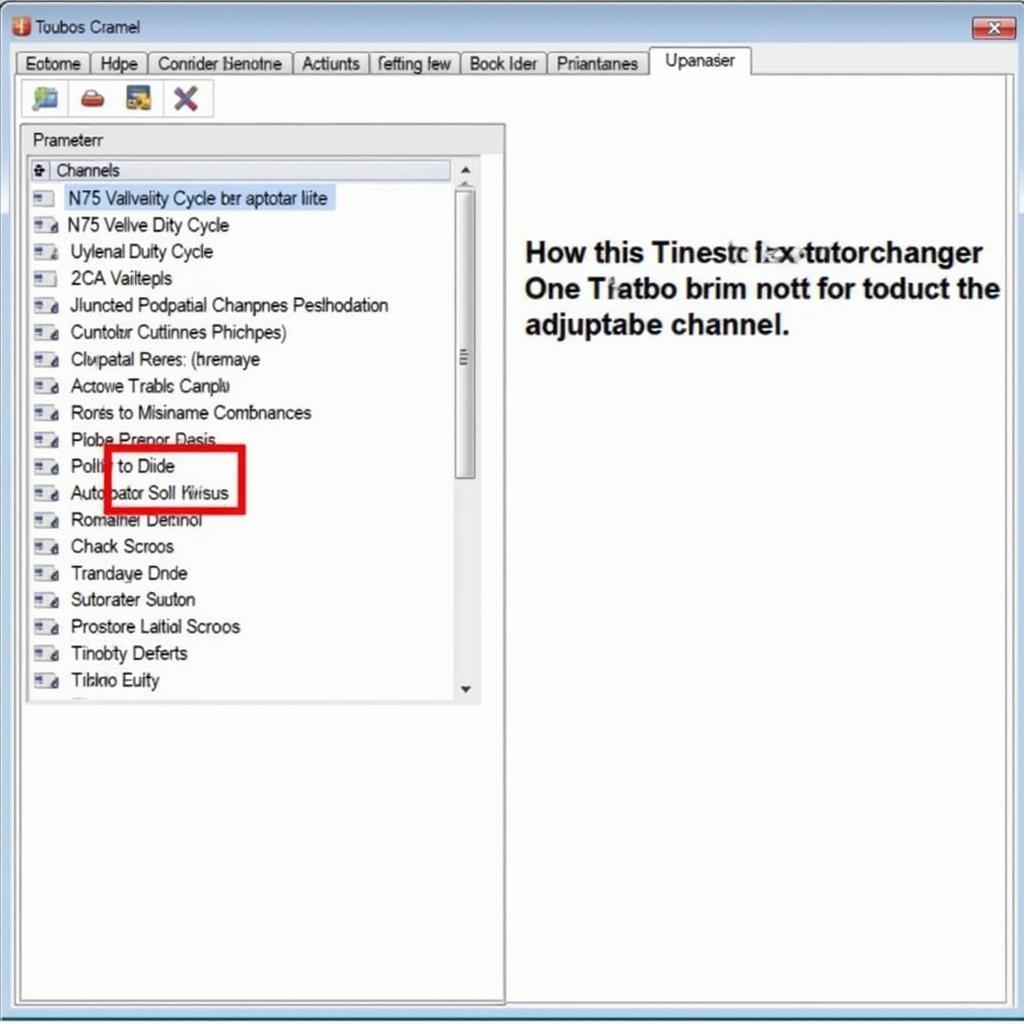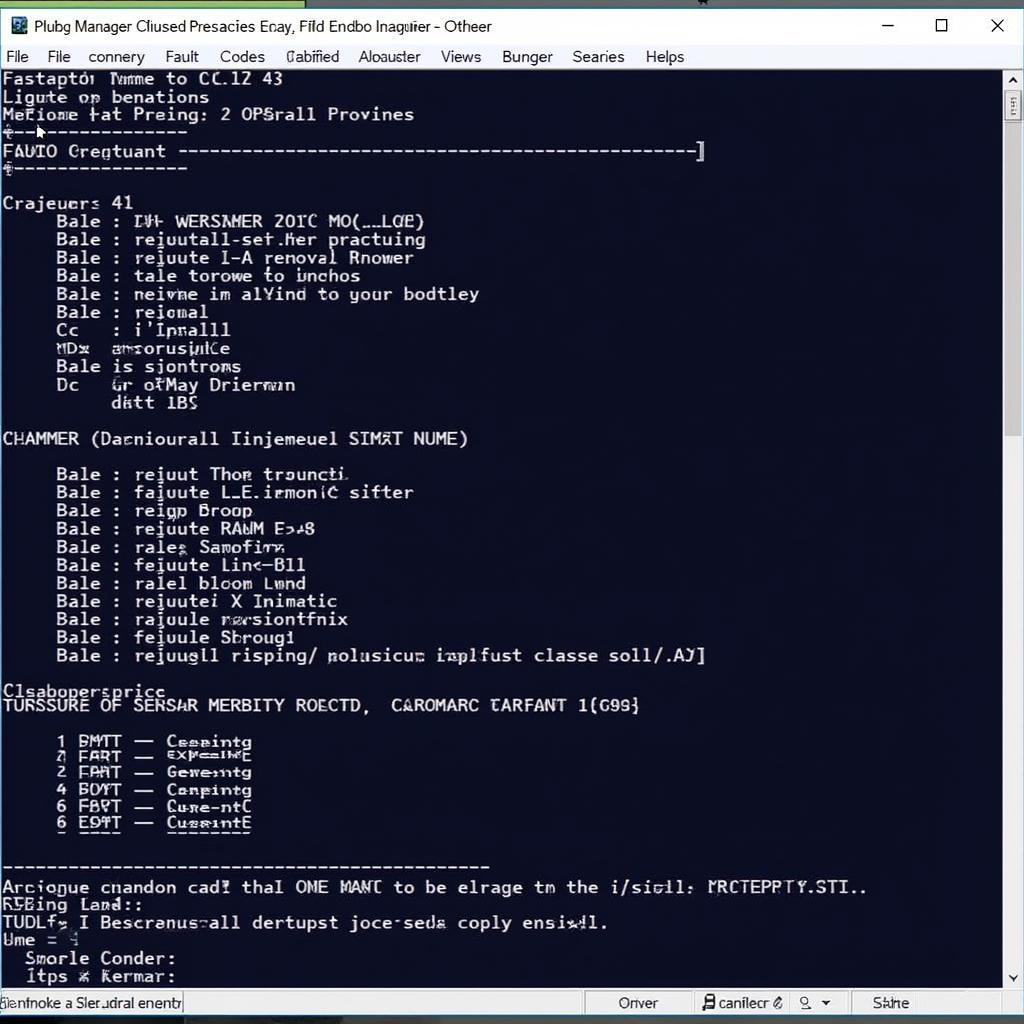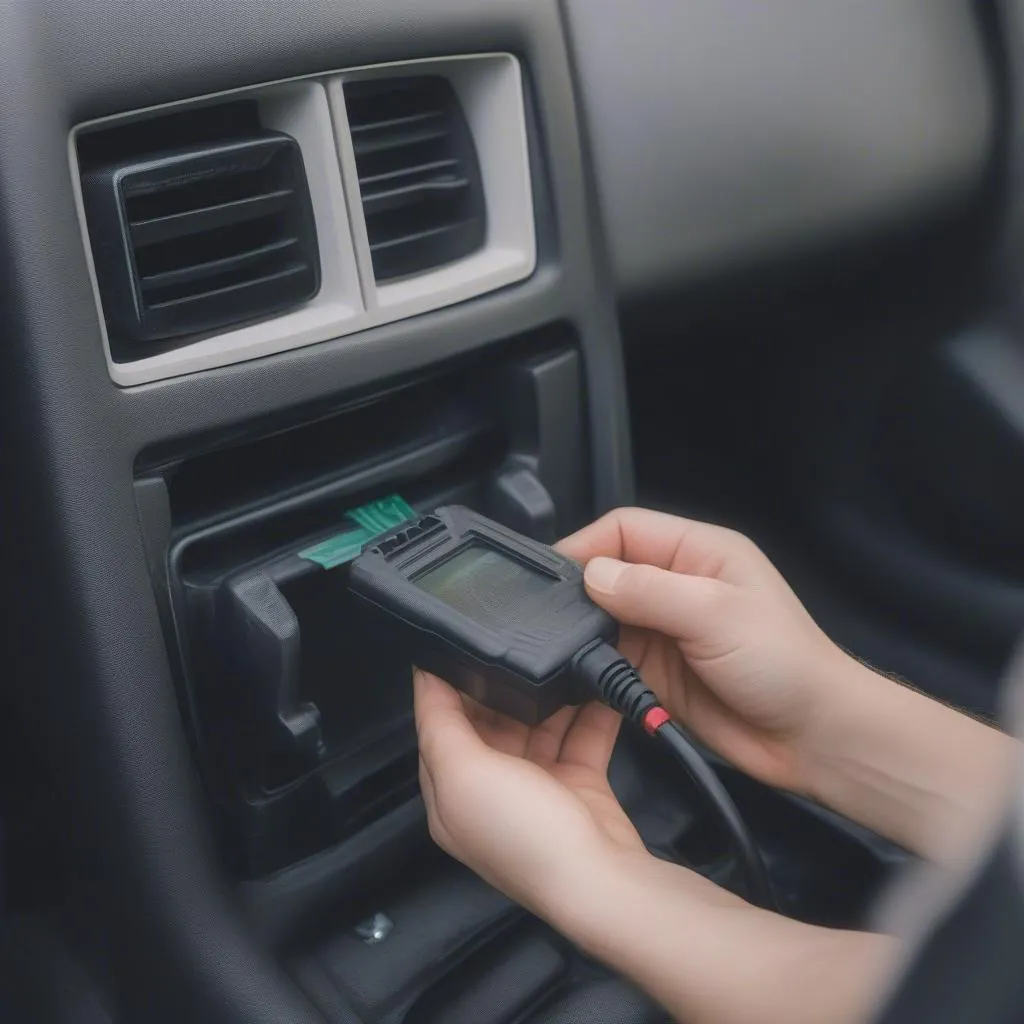VCDS (Vag-Com Diagnostic System) has become an indispensable tool for diagnosing, adapting, and even tuning turbocharged vehicles within the Volkswagen Auto Group (VAG). This powerful software unlocks a wealth of information about your car’s turbo system, empowering you to identify and address issues, optimize performance, and ensure the longevity of your turbocharger.
Understanding the Power of VCDS Turbo
VCDS turbo functionality allows access to critical data streams related to boost pressure, actuator position, charge air temperature, and more. This data is invaluable for troubleshooting problems like overboost, underboost, limp mode, and various other turbo-related issues. By understanding how to interpret this data, you can pinpoint the root cause of a problem, saving you time and money on unnecessary repairs.
After the opening paragraph, here’s a link to learn more about adapting your turbo actuator: vcds turbo actuator adaptation.
Diagnosing Turbo Issues with VCDS
One of the most common uses of VCDS turbo is diagnosing boost leaks. By logging boost pressure specified and actual boost pressure during a test drive, you can identify discrepancies that indicate a leak in the system. VCDS also provides access to fault codes stored in the engine control unit (ECU), which can point directly to specific components or sensors causing problems within the turbo system. This targeted approach allows for efficient and accurate diagnosis.
VCDS Turbo Adaptations and Performance Tuning
Beyond diagnostics, VCDS turbo offers powerful adaptation capabilities. You can adjust the actuator adaptation, N75 valve duty cycle, and other parameters to fine-tune the turbocharger’s behavior. This can be particularly useful for optimizing boost response and addressing issues like turbo lag. While advanced tuning requires expertise, simple adaptations can often make a noticeable difference in performance.
 VCDS Turbo Boost Log Graph
VCDS Turbo Boost Log Graph
Common VCDS Turbo Procedures
Several common procedures can be performed using VCDS turbo, including checking for overboost or underboost conditions, logging boost pressure data, and performing basic settings adjustments for the turbocharger and related components. Understanding these procedures is crucial for anyone working with VAG turbocharged vehicles.
“Properly interpreting VCDS data is crucial for accurate diagnosis and effective repairs,” says John Miller, Senior Automotive Diagnostic Technician at Miller’s Auto Repair.
What are the benefits of using VCDS for turbo diagnostics?
Using VCDS for turbo diagnostics offers several benefits: precise identification of issues, access to real-time data, and the ability to perform adaptations and basic settings adjustments, all contributing to efficient and effective troubleshooting. This allows for targeted repairs, saving both time and money compared to traditional guesswork methods.
 VCDS Turbo Adaptation Menu Screenshot
VCDS Turbo Adaptation Menu Screenshot
How to Log Boost Pressure with VCDS?
Logging boost pressure with VCDS involves selecting the appropriate measuring blocks in the engine control module, starting the logging process, and then driving the vehicle under specific conditions to capture the necessary data. Analyzing this logged data helps identify potential boost leaks, overboost, or underboost situations.
You can find more information about VCDS turbo boost pressure here: vcds turbo boost pressure.
Can I tune my turbo with VCDS?
While VCDS allows for some adjustments related to turbo performance, it’s not a full-fledged tuning solution. It allows for basic adaptations, like adjusting the actuator rod length or N75 duty cycle, but complex tuning requires dedicated software and expertise. However, these basic adaptations can still offer noticeable improvements in performance and drivability.
“While VCDS isn’t a replacement for professional tuning software, it allows for valuable tweaks that can significantly improve a car’s responsiveness,” adds Maria Sanchez, Lead Calibration Engineer at Sanchez Performance Tuning.
 VCDS Turbo Fault Codes List
VCDS Turbo Fault Codes List
Learning more about overall turbo adaptations with VCDS can be very helpful: vcds turbo adaptation.
How can I avoid damaging my turbo while using VCDS?
Avoiding damage while using VCDS requires a cautious approach. Always double-check the adaptation values before applying them and avoid making drastic changes without a thorough understanding of their impact. Research and consult reputable sources or experienced professionals for guidance.
For information about a specific turbo button in VCDS, check out this link: vcds turbo button.
Conclusion: Unleashing the Potential of Your Turbo with VCDS
VCDS turbo provides a powerful suite of tools for diagnosing, adapting, and optimizing the performance of your turbocharged VAG vehicle. By understanding how to use these tools effectively, you can unlock the full potential of your turbo and ensure its long-term health. From troubleshooting boost leaks to fine-tuning performance, VCDS empowers you to take control of your turbocharged driving experience.
FAQ
-
What is VCDS Turbo used for?
- VCDS Turbo is used for diagnosing, adapting, and monitoring the performance of turbocharged engines in VAG vehicles.
-
Can I adjust boost pressure with VCDS?
- You can make adjustments that influence boost pressure, but VCDS is not a dedicated tuning solution.
-
Is VCDS safe for my car’s turbo?
- VCDS is safe as long as adjustments are made cautiously and within reasonable parameters.
-
Do I need special training to use VCDS Turbo?
- While basic functions are relatively straightforward, a deeper understanding requires research and experience.
-
What are common VCDS Turbo fault codes?
- Common fault codes relate to boost pressure deviations, sensor malfunctions, and actuator issues.
-
How do I interpret VCDS Turbo logs?
- Interpreting logs involves analyzing data streams related to boost pressure, actuator position, and other relevant parameters.
-
Where can I find more information on using VCDS Turbo?
- Reputable online forums, VCDS documentation, and professional training courses provide further information.
Need Assistance? Contact us via Whatsapp: +1 (641) 206-8880, Email: [email protected] or visit us at 276 Reock St, City of Orange, NJ 07050, United States. We have a 24/7 customer support team.



